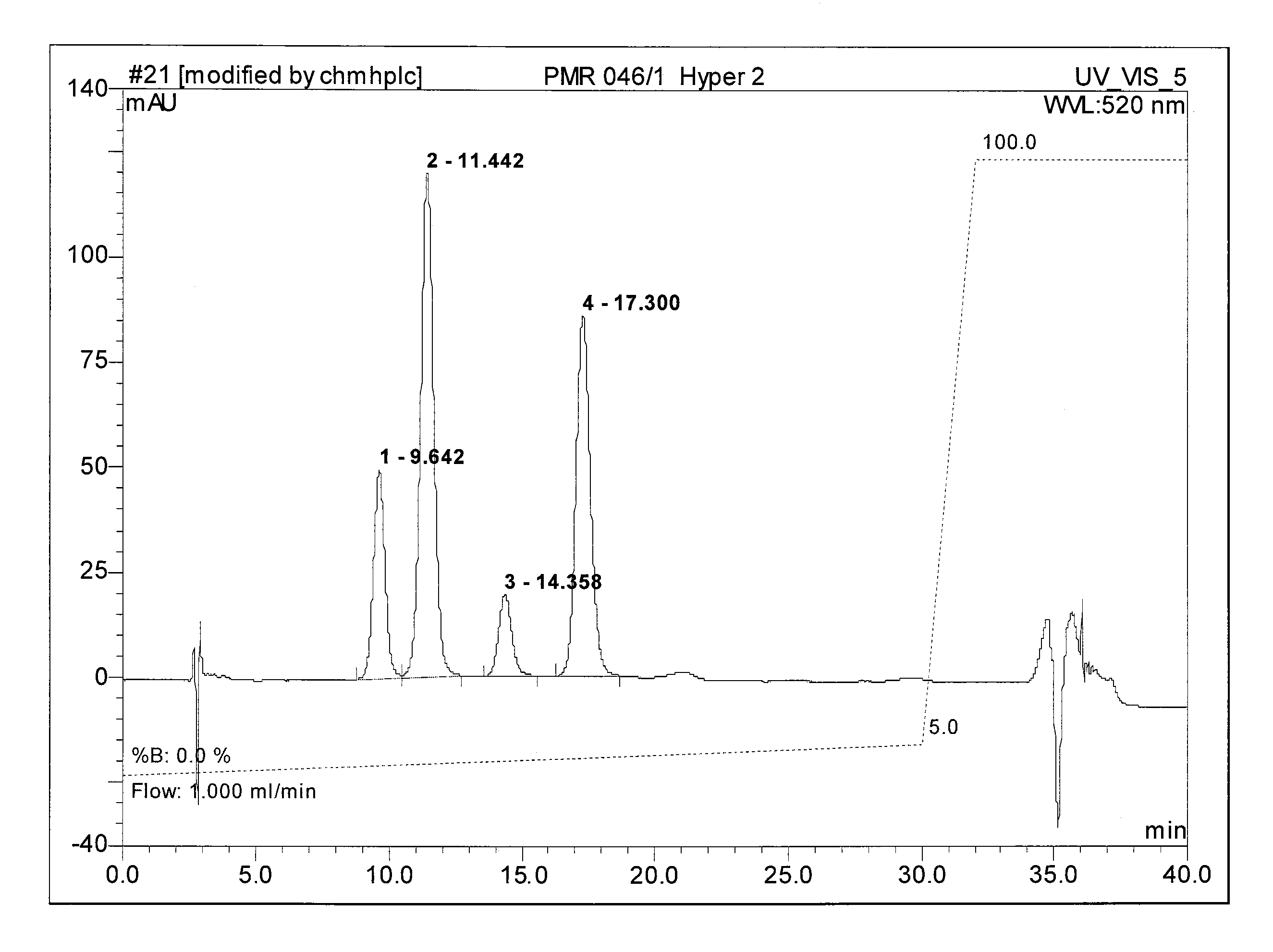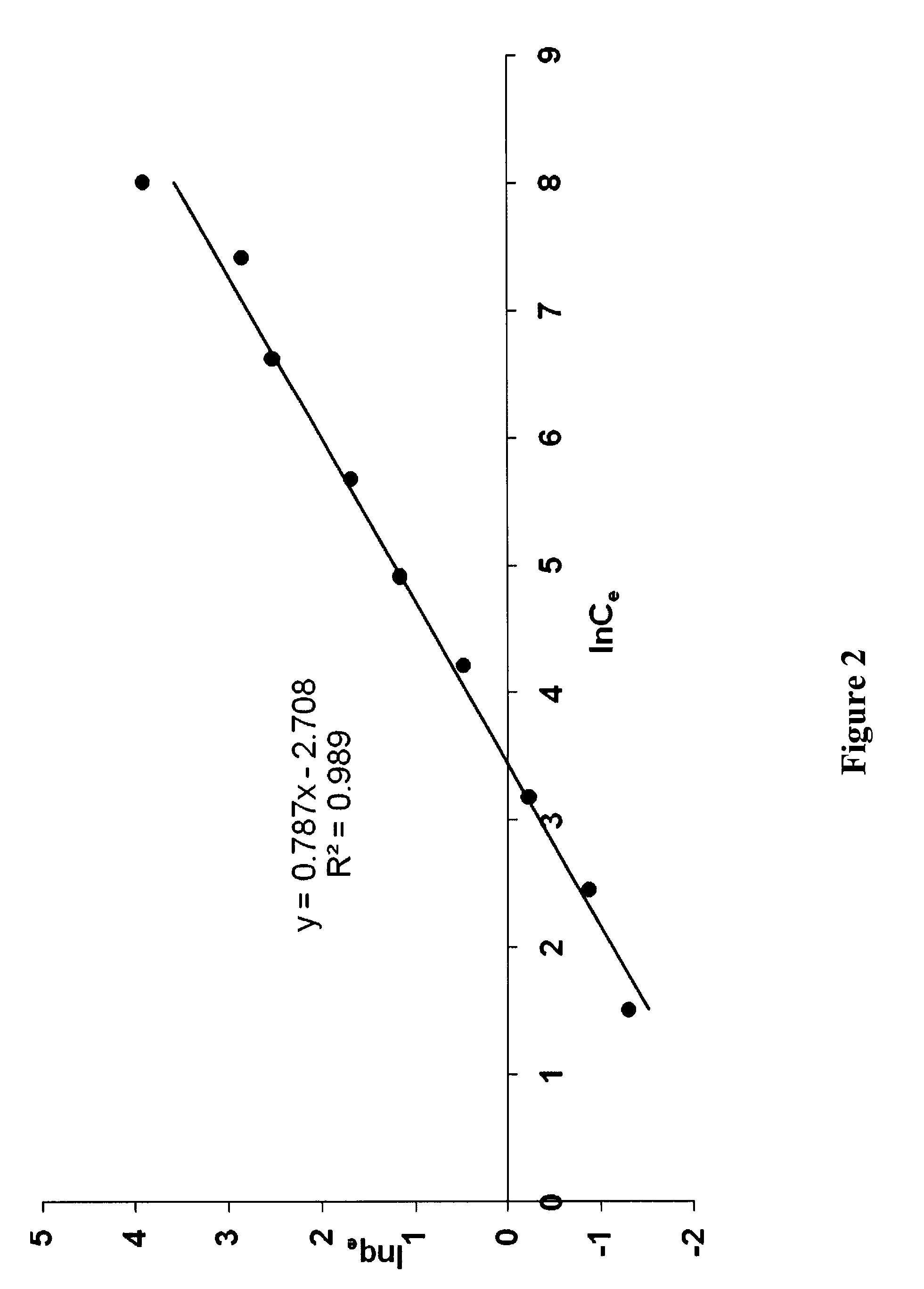Natural hair dyes
a dyeing process and natural technology, applied in the field of human hair coloration, can solve the problems of limited technical information provided regarding the nature of the dyeing process, patent failure to teach or suggest the use of any extract for hair coloration, and significant health risks for users of these products
- Summary
- Abstract
- Description
- Claims
- Application Information
AI Technical Summary
Benefits of technology
Problems solved by technology
Method used
Image
Examples
Embodiment Construction
[0055]The mixtures of polyphenol derivatives according to the invention have been successfully extracted from suitable fruits or fruit juices by the present inventors, and the extracts have then been purified in order to obtain dyes suitable for application to human hair. Thus, unlike the prior art, the present invention provides for the preparation of the anthocyanin dyes from naturally available materials, i.e., fruits, wherein the dyes are in a suitable form for application as hair dyes.
[0056]Samples of dried fruit, pressed juice and fruit pomace have been successfully sourced and the inventors have been able to establish a suitable supply chain of appropriate volume and quality. Analyses of extracts from various varieties of blackcurrants, blackberries, blueberries, bilberries, chokeberries, mulberries—as well as red cabbage—were carried out, and the analytical results confirmed the anthocyanin profiles previously suggested in the literature. HPLC chromatograms were obtained whi...
PUM
| Property | Measurement | Unit |
|---|---|---|
| temperature | aaaaa | aaaaa |
| temperature | aaaaa | aaaaa |
| temperature | aaaaa | aaaaa |
Abstract
Description
Claims
Application Information
 Login to View More
Login to View More - R&D
- Intellectual Property
- Life Sciences
- Materials
- Tech Scout
- Unparalleled Data Quality
- Higher Quality Content
- 60% Fewer Hallucinations
Browse by: Latest US Patents, China's latest patents, Technical Efficacy Thesaurus, Application Domain, Technology Topic, Popular Technical Reports.
© 2025 PatSnap. All rights reserved.Legal|Privacy policy|Modern Slavery Act Transparency Statement|Sitemap|About US| Contact US: help@patsnap.com



